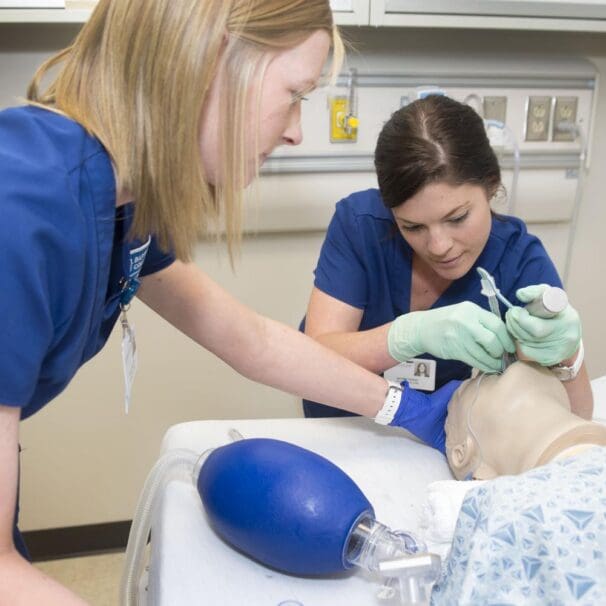HealthProviders DB is a comprehensive database of healthcare providers, including a complete directory of all Educational Certified Respiratory Therapists.
Certified Respiratory Therapist Healthcare Taxonomy Code 2278E1000X
As of today, the following are the total number of Educational Certified Respiratory Therapists nationally, in your state, and near your location.
Select a State below to view the list by State. Additionally, you can narrow the list by city, among other options, from the Filter Panel, which you can open by clicking the vertical ellipses ⋮ in the upper right corner of the app.
Alaska – Alabama – Armed Forces Pacific – Arkansas – American Samoa – Arizona – California – Colorado – Connecticut – District of Columbia – Delaware – Florida – Federated States of Micronesia – Georgia – Guam – Hawaii – Iowa – Idaho – Illinois – Indiana – Kansas – Kentucky – Louisiana – Massachusetts – Maryland – Maine – Marshall Islands – Michigan – Minnesota – Missouri – Northern Mariana Islands – Mississippi – Montana – North Carolina – North Dakota – Nebraska – New Hampshire – New Jersey – New Mexico – Nevada – New York – Ohio – Oklahoma – Oregon – Pennsylvania – Puerto Rico – Palau – Rhode Island – South Carolina – South Dakota – Tennessee – Texas – Utah – Virginia – Virgin Islands – Vermont – Washington – Wisconsin – West Virginia – Wyoming
Medicare
The following are the total number of Educational Certified Respiratory Therapists who accept Medicare in your state, the number who have opted out of Medicare, and the total number excluded from participation in Medicare nationwide.
The diagram below shows all the Educational Certified Respiratory Therapists across the country, represented by blue bubbles. The larger the bubble, the greater the concentration of providers in that area. Red bubbles represent Medicare-excluded providers, with the larger bubbles indicating a higher percentage of excluded providers in that region. You can change the bubble size to be based on exclusions from the Size menu.
What do Educational Certified Respiratory Therapists do?
Educational Certified Respiratory Therapists (CRT) are healthcare professionals who treat patients with breathing, heart, and lung disorders.
They perform diagnostic tests, develop and manage treatment plans, and educate patients on managing their conditions. CRTs work with patients of all ages, from premature infants to adults with chronic lung diseases like asthma and COPD, and collaborate with physicians and nurses to provide care.
What they do
Patient assessment: Interview patients, perform physical exams, and review medical history to understand their condition.
Diagnostic testing: Administer tests like pulmonary function tests and blood gas analyses to evaluate lung function and blood oxygen and carbon dioxide levels.
Treatment administration: Provide chest physiotherapy, administer aerosol medications, and manage mechanical ventilators for patients on life support.
Treatment planning: Develop and implement treatment plans for patients with respiratory conditions, often in consultation with physicians.
Patient and family education: Teach patients how to use medications and equipment such as inhalers or CPAP machines, and how to manage their condition.
Emergency response: Provide critical care during emergencies, such as respiratory crises, and respond to urgent care calls.
Monitoring and documentation: Continuously monitor patients’ progress and record their response to treatment.
Environemnt
- Hospitals (about 75%)
- Long-term care facilities and nursing homes
- Clinics and physicians’ offices
- Rehabilitation centers
- Home healthcare agencies
- Diagnostic laboratories
- Assisted living centers
- Sleep disorder centers

